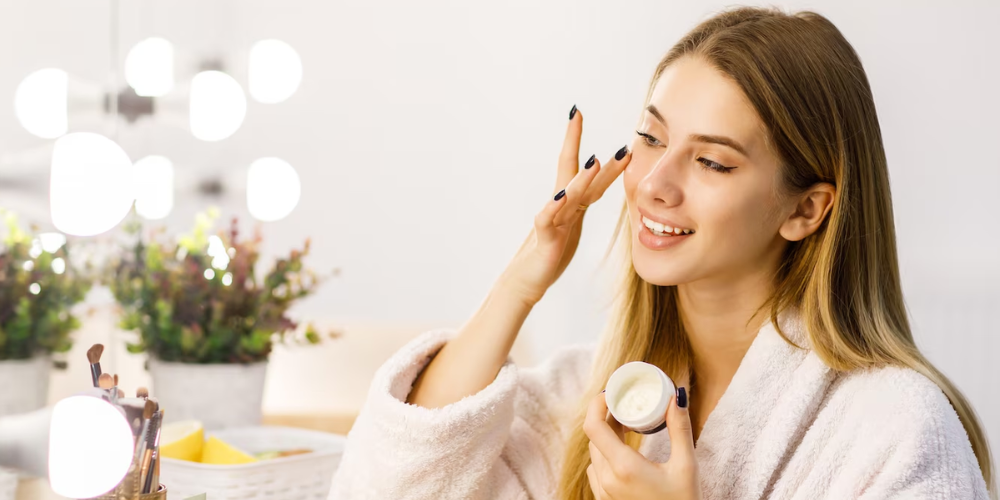
The Hidden Dangers of “Fragrance” in Your Skincare Products

When it comes to personal care, what’s in the bottle matters just as much as what the product claims to do. Lotions, creams, shampoos, and styling products often include ingredients that aren’t just unnecessary—they can be harmful in the long run. One of the biggest red flags on any label? The word fragrance.
It might sound harmless or even pleasant, but it can hide a lot more than just a scent.
The Hidden Risks Behind the Word “Fragrance”
“Fragrance” might appear to be a single ingredient, but it’s actually an umbrella term that can represent hundreds of different chemicals. Because manufacturers aren’t required to disclose these components, citing trade secrets, the true contents remain a mystery to consumers.
Many of these hidden chemicals include phthalates, which are commonly used to make scents last longer or to help products look and feel better. These chemicals have been linked to hormone disruption and reproductive issues. Long-term exposure, even in small doses, may raise the risk of problems like reduced fertility, developmental issues, and certain cancers.
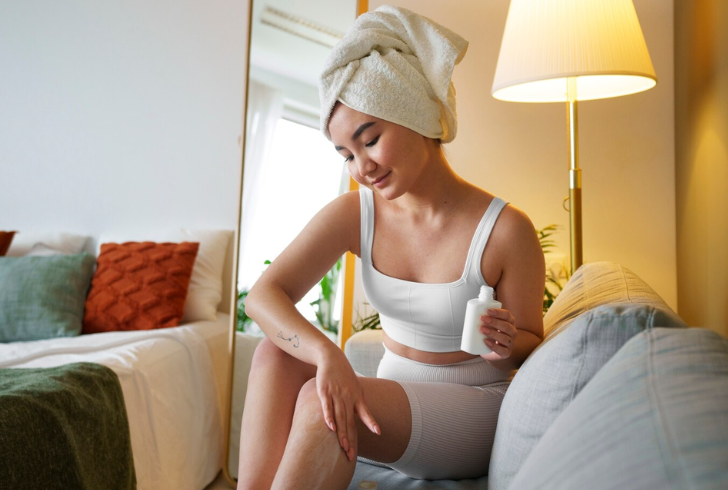
Freepik | Fragrance products pose long-term health risks due to silent, repeated absorption of substances.
An expert in environmental health explained that the effects might not be immediately visible. “It’s not something that gives you a rash right away. The real concern is what could happen ten or twenty years later,” she noted. That’s what makes fragrance-containing products particularly concerning—they allow for daily, often repeated exposure to substances that the body silently absorbs.
How Personal Care Products Can Affect Your Health
Aside from phthalates, there are other questionable ingredients commonly found in lotions and creams. Parabens, which act as preservatives, are another common group of chemicals linked to hormonal disruption. Some products also contain formaldehyde-releasing agents or contaminants like 1,4-dioxane, a potential carcinogen. These can show up in trace amounts in items ranging from moisturizers to body wash.
Unfortunately, only a small number of cosmetic ingredients are officially restricted in the U.S. While the FDA does monitor cosmetic safety, the current list of banned or restricted substances is minimal. That leaves the responsibility largely on individuals to read labels and make informed choices.
What to Watch For
Understanding product labels is key to making safer choices. When scanning the ingredient list, it helps to:
1. Look for words like paraben, which will typically appear as methylparaben, propylparaben, etc.
2. Avoid anything with the word “fragrance” unless the product specifically says “phthalate-free.”
3. Watch out for hidden risks in ingredients containing “PEG,” “-eth-,” or “-oxynol,” which may indicate the presence of 1,4-dioxane.
Some brands may use the word “natural” or “green” on their labels, but those terms aren’t regulated and don’t always mean the product is safe. If you’re unsure about an ingredient, check databases from reliable sources to see how it’s rated for safety.
Why Using Fewer Products Can Help
It’s easy to overlook how many personal care items are part of a daily routine. Research has shown that, on average, women use nearly 19 different products a day while men use about seven. That means daily exposure to dozens, if not hundreds, of chemical ingredients.
Cutting back on the number of products used each day is a simple way to reduce exposure. Ask whether every product in your routine is truly essential. Can one moisturizer replace two? Can you skip the hair serum and use a lightweight oil?
Reducing the total number of items used is not only cost-effective but also better for your skin and overall health. One researcher shared that after tallying up her own product usage, she decided to eliminate perfume entirely. “It just didn’t feel necessary anymore,” she explained. “Once I stopped using it, I realized I didn’t miss it.”
Find Cleaner Alternatives
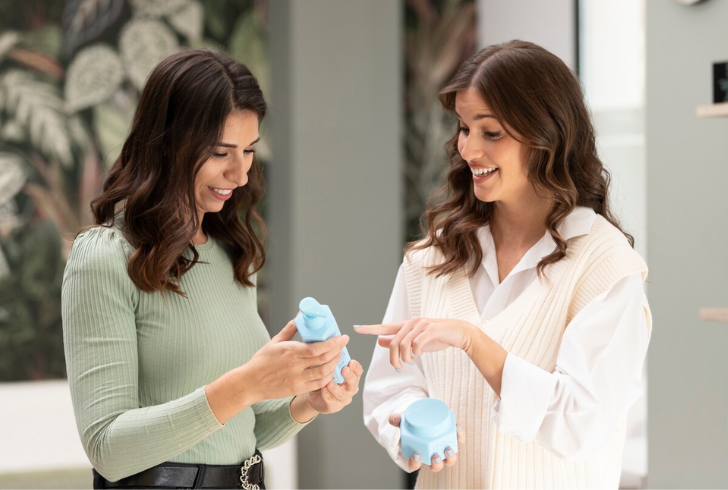
Freepik | Opt for safe, effective, phthalate-free, and paraben-free products with clear labeling and safer fragrance choices.
Replacing old favorites with cleaner options takes effort, but it’s worth it. You can find lotions and other products that are both safe and effective. Look for labels that clearly say “phthalate-free” and “paraben-free.” Some brands also list their fragrance components or use small amounts of safer alternatives like essential oils.
Not all synthetic chemicals are bad. For example, polyglycerin-3 and cetyl acetate are considered low-risk. They serve useful functions without harmful side effects. To make things easier, public health experts recommend looking for ingredients you can eat, such as avocado oil, coconut oil, or shea butter.
You don’t need to replace everything at once. Instead, switch out one product at a time when it runs out. This step-by-step approach is easier to manage and more affordable in the long run.
Make Smarter Choices
Personal care routines can be simplified and made safer with a little awareness and planning. By avoiding products with hidden ingredients under the “fragrance” label, and gradually switching to cleaner alternatives, it’s possible to reduce long-term health risks without sacrificing comfort or quality.
Labels can’t always be trusted at face value, but with a bit of research and mindfulness, choosing what goes on your skin becomes a lot easier—and a lot safer. Keep an eye out for those hidden chemicals, be selective with what you apply daily, and give your skin the clean care it deserves.
More inBeauty & Cosmetics
-
`
Are Popular Diet Trends Actually Good for Your Heart?
Diet trends grab headlines every year, promising everything from glowing skin to dramatic weight loss. But when it comes to the...
July 30, 2025 -
`
Why Are Men Taller Than Women? New Genetic Study Finds Clue
For centuries, the average height difference between men and women has been noticeable—men generally stand about five inches taller. While environment...
July 23, 2025 -
`
How Upcycled Beauty Ingredients Are Reshaping the Industry’s Future
The beauty industry is going through a big shift — and it’s not just about trends. As waste problems grow and...
July 17, 2025 -
`
A Look Inside Faith Kipyegon’s Groundbreaking Mile Run in Paris
Last week in Paris, Faith Kipyegon returned to a place she knows well: Stade Sébastien Charléty. But this time, she wasn’t...
July 9, 2025 -
`
Dairy Is Making a Major Comeback — And Health Shoppers Are Loving It
Just a few years ago, dairy sat quietly in the back seat while plant-based alternatives took the spotlight. Now, it’s stepping...
July 4, 2025 -
`
Does Aging Cause Dental Problems?
Aging doesn’t automatically mean losing teeth or developing gum disease. In fact, older adults today are holding onto more of their...
June 25, 2025 -
`
How Upcycled Ingredients Are Shaping the Future of Cosmetics
What used to end up in bins or compost heaps is now finding a new life inside skincare bottles and beauty...
June 18, 2025 -
`
Rock Legend Rod Stewart Trains to Break Sprint Record at 80
Age isn’t slowing Rod Stewart down. Known worldwide for his legendary voice, stadium-filling tours, and timeless hits like “Maggie May”, the...
June 11, 2025 -
`
The Truth Behind Detox Diets – Health Boost or Risky Trend?
It’s hard to scroll through your feed without seeing someone sipping green juice with promises of instant energy, glowing skin, and...
June 3, 2025



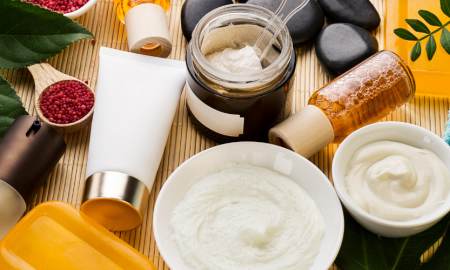

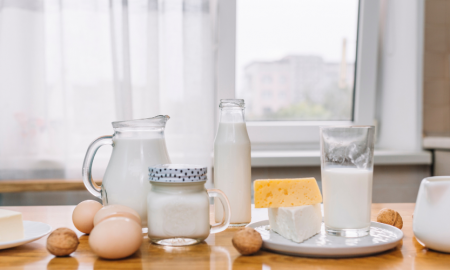

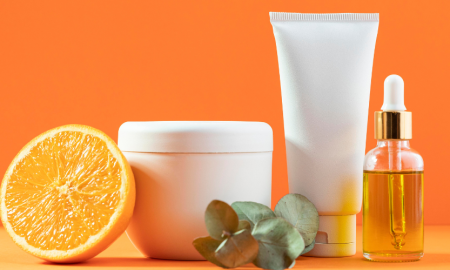






You must be logged in to post a comment Login